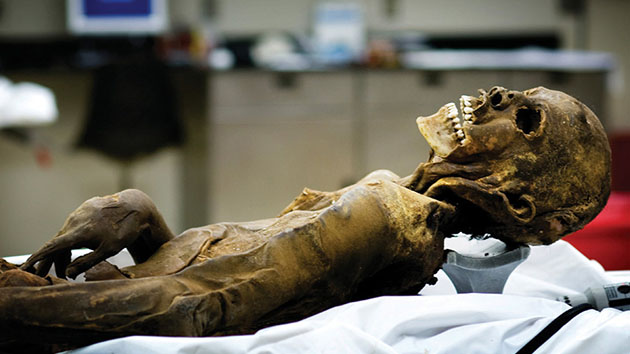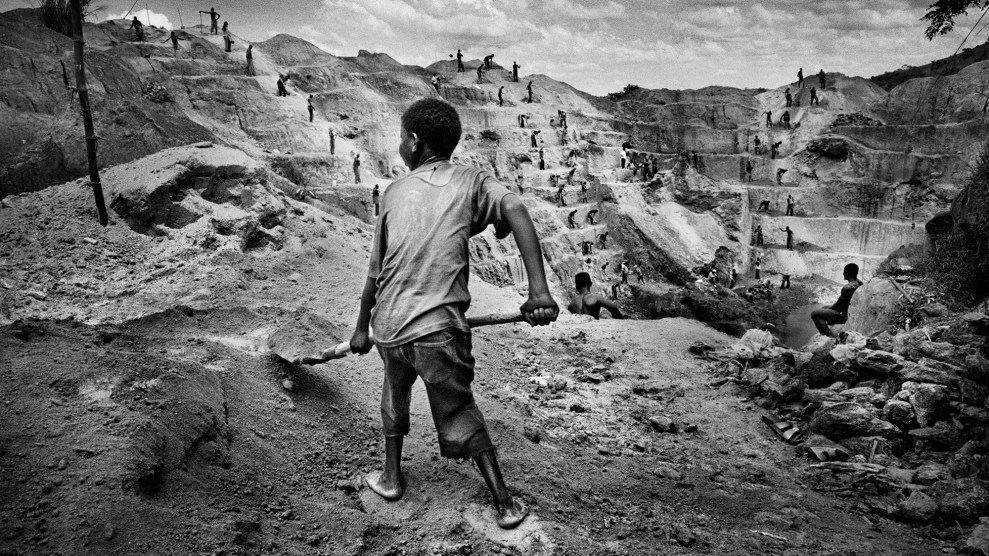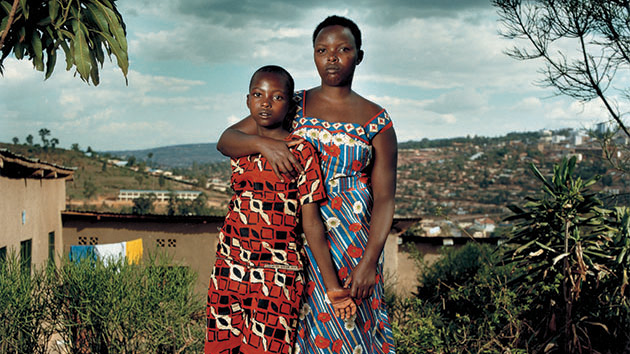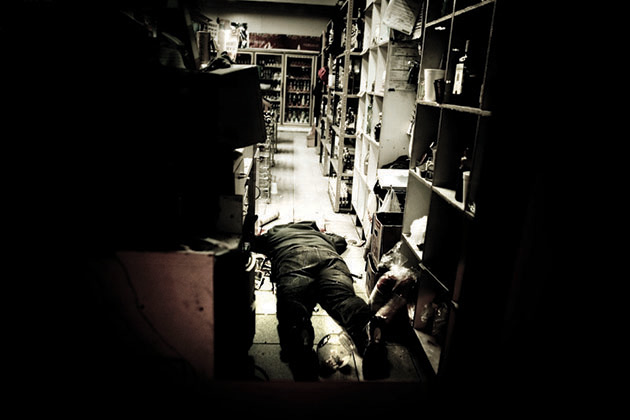
One of the bloodiest wars in the world is taking place just next to America’s southern border, among Mexican drug cartels battling for control of illicit narcotics. As rival gangs stake their turf, the death toll is on the rise: Last year, 6,600 lives were claimed by the war, up from 5,800 the year before. In Ciudad Juarez alone, 550 people have been murdered so far this year, compared to 449 during the same period last year.
The bloodshed isn’t just affecting gang members. In January, 16 innocent teens were killed at a party in Juarez. And earlier this month, two students at Monterrey’s Technological Institute were murdered in crossfire.
In response to the carnage, the American and Mexican governments have announced an extensive overhaul of their policing efforts. There will still be troops—50,000 have been dispatched over the past three years—but the countries will also focus on social program development, intel sharing, and more efficient cops and courts.
The effort will kick off with pilot programs in Juarez and Tijuana, the largest border cities in Mexico. In Tijuana, the setting of this photo essay, 700 people lost their lives to the drug war last year.
Whether or not this new effort will work remains to be seen. As Charles Bowden recently wrote in Mother Jones:
There are two Mexicos.
There is the one reported by the US press, a place where the Mexican president is fighting a valiant war on drugs, aided by the Mexican army and the Mérida Initiative, the $1.4 billion in aid the United States has committed to the cause. This Mexico has newspapers, courts, laws, and is seen by the United States government as a sister republic.
It does not exist.
There is a second Mexico where the war is for drugs, where the police and the military fight for their share of drug profits, where the press is restrained by the murder of reporters and feasts on a steady diet of bribes, and where the line between the government and the drug world has never existed.
These photos are part of a larger, multiyear project called Narco-Land, shot by San Francisco-based photographer Eros Hoagland, represented by Redux Pictures. Hoagland’s project is an intimate look at the impact of the Mexican drug war and efforts to stem the tide of violence.
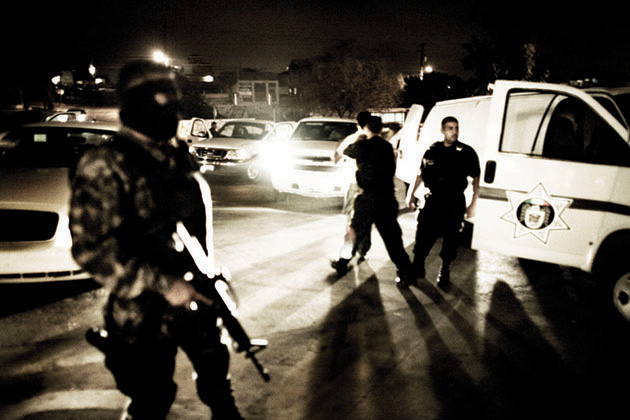


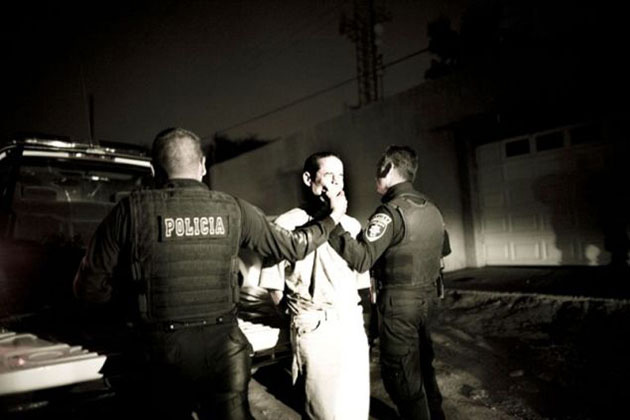
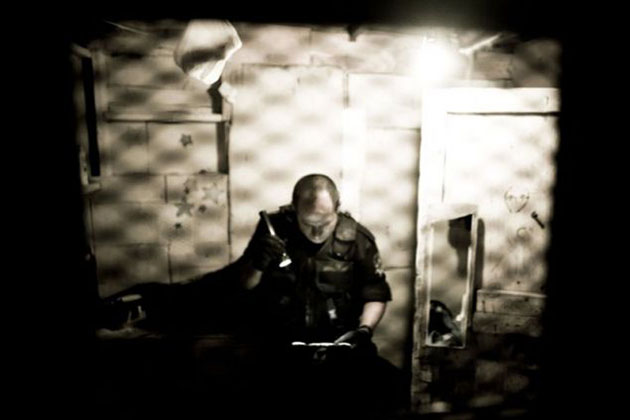





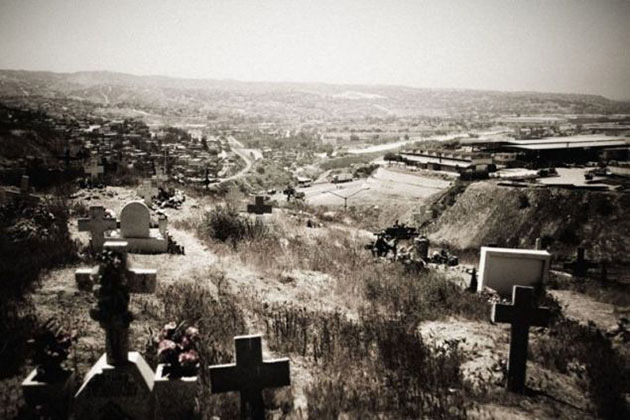
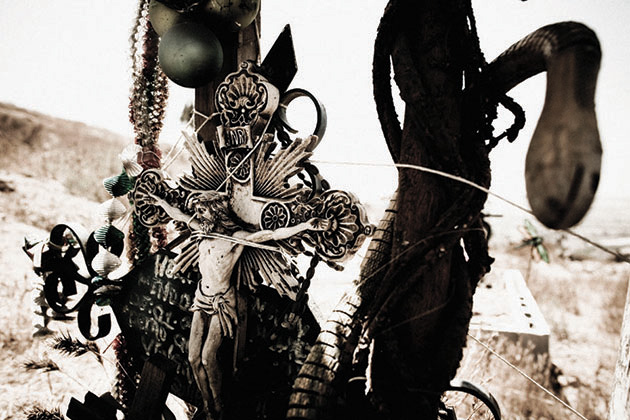

Read MoJo’s entire package on the epic drug war here.
